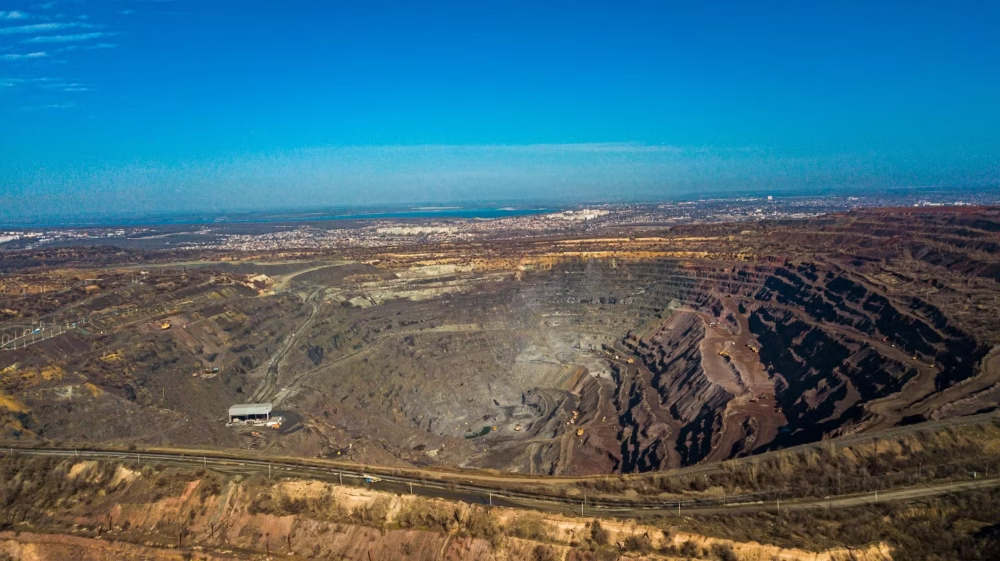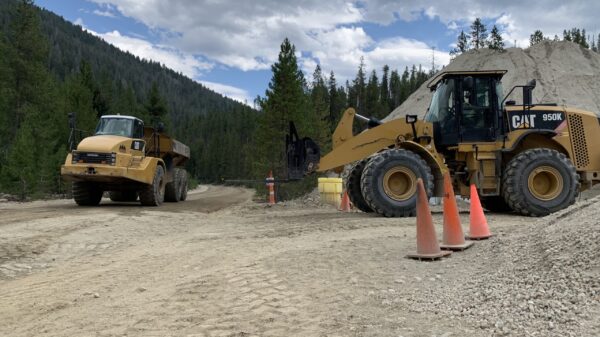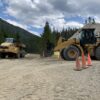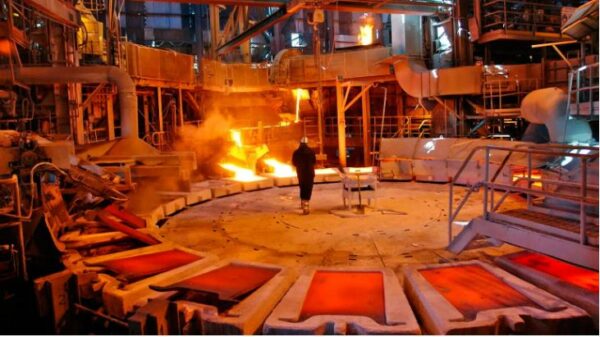First Quantum Minerals (TSE: FM) (OTCMKTS: FQVLF) is pushing back against claims that its La Granja copper project in northern Peru has stalled due to public opposition.
On Thursday, the miner called the allegations “outdated and misleading,” arguing that the project continues to move forward under strict environmental and social standards.
The comments came after a study by GEM Mining Consulting suggested La Granja remains “blocked by public distrust.” First Quantum countered that the research relies on community opposition sources nearly twenty years old and no longer representative of the project’s current standing.
The company said La Granja is advancing “decisively and transparently,” guided by modern environmental, social, and governance (ESG) principles.
La Granja sits in the district of Querocoto, Cajamarca, and is a joint venture between First Quantum, which holds 55 per cent, and Rio Tinto Group (NYSE: RIO), which holds 45 per cent.
The project entered a new development phase in September 2023, focusing on advanced exploration and in-depth technical and socio-environmental studies. In addition, the deposit has an inferred mineral resource of 4.32 billion tonnes grading 0.51 per cent copper, which ranks it among the world’s largest undeveloped copper assets.
Additionally, First Quantum said the project has undergone numerous inspections by Peruvian regulators, none of which identified non-compliance. The company also showed its participatory environmental monitoring program, which includes local community representatives.
According to First Quantum, recent perception studies show most residents see La Granja as an important driver of regional development. Support from local, regional, and national authorities, the company added, reinforces the project’s strategic importance to Peru’s economy.
Read more: NevGold targets U.S. critical mineral supply chain with new antimony-gold find
Read more: NevGold Expands Gold-Antimony Potential at Limousine Butte in Nevada
The GEM study estimates 6.4m tonnes of global copper production
Part of the miner’s initial USD$546 million investment is also being used to complete an Environmental and Social Impact Assessment (ESIA). The report is expected within two years and will form the foundation for future development decisions.
“La Granja is a model of responsible mining where agriculture, livestock, and mining coexist harmoniously,” First Quantum said.
“Far from being ‘blocked,’ the project continues to advance, grounded in dialogue, trust, and environmental stewardship.”
However, the GEM study that sparked First Quantum’s response paints a more complicated picture. It estimates that about 6.4 million tonnes of global copper production capacity—more than 25 per cent of total output—remains stalled or suspended because of ESG-related issues.
The study shows that demand for copper continues to rise as electrification, renewable energy, and artificial intelligence drive consumption higher. Yet, supply growth remains constrained by regulatory delays, social opposition, and political instability.
Peru accounts for the largest share of untapped copper capacity, about 31 per cent or 1.8 million tonnes per year. The United States follows with 0.8 million tonnes, Chile with 0.7 million tonnes, and Argentina and Papua New Guinea each with roughly 0.6 million tonnes.
Peru’s halted output nearly equals its current annual production. If those projects resume, the country could regain its position as the world’s second-largest copper producer.
Read more: NevGold delivers major growth at Idaho gold project
Read more: Antimony recovery results from NevGold’s Limo Butte project exceed expectations
Rio Tinto Resolution Copper stalled over two decades
In the United States, restarting suspended projects could narrow the gap between domestic production and rising consumption, strengthening supply security.
Meanwhile, in Chile, the release of delayed copper production could break the nation’s long-standing output ceiling of about 5.5 million tonnes per year and push it past 6 million. Consequently, Chile could reinforce its global leadership in copper supply.
Among the 33 projects currently paralyzed by ESG factors, three stand out. The first is La Granja in Peru. The second is Resolution Copper in the United States, and the third is El Pachón in Argentina. La Granja has faced allegations of contamination and land use disputes dating back to 2006. While GEM labels the project “blocked,” both Rio Tinto and First Quantum maintain it is progressing as planned.
Furthermore, in Arizona, Rio Tinto’s Resolution Copper has been stalled for over two decades due to environmental concerns and opposition from Indigenous groups. The site includes the sacred Oak Flat area, which has become a flashpoint in U.S. mining debates.
In Argentina, Glencore Plc’s (LON: GLEN) El Pachón project has been delayed by glacier-protection regulations and permitting hurdles. However, new incentives under President Javier Milei’s RIGI investment regime could help restart development.
Notably, GEM’s report omits one of the most prominent examples of ESG-related disruption: First Quantum’s Cobre Panamá mine. The copper operation has been idle since Panama’s Supreme Court ruled its contract unconstitutional in 2023.
Cobre Panamá produced 350,000 tonnes of copper in 2022 and contributed about five per cent of the nation’s GDP. First Quantum estimates that Panama has lost up to USD$1.7 billion in economic activity since the shutdown.
Read more: GoldMining chooses to retain its NevGold shares for next 18 months
Read more: NevGold’s latest drill results extend priority target at Limo Butte by over 200 metres
Bougainville Copper closed after civil conflict
The Panguna mine in Papua New Guinea stands as a reminder of what happens when environmental and social concerns collide. Rio Tinto’s subsidiary shut down the mine in 1989 after civil conflict erupted over environmental destruction and unfair profit distribution.
More than three decades later, redevelopment remains uncertain.
Industry analysts warn that many stalled copper projects could remain frozen for years unless governments and companies rebuild trust. They argue the keys are stronger governance, higher environmental standards, and consistent community dialogue. These will be required to unlock the copper required for the global energy transition.
.
joseph@mugglehead.com













